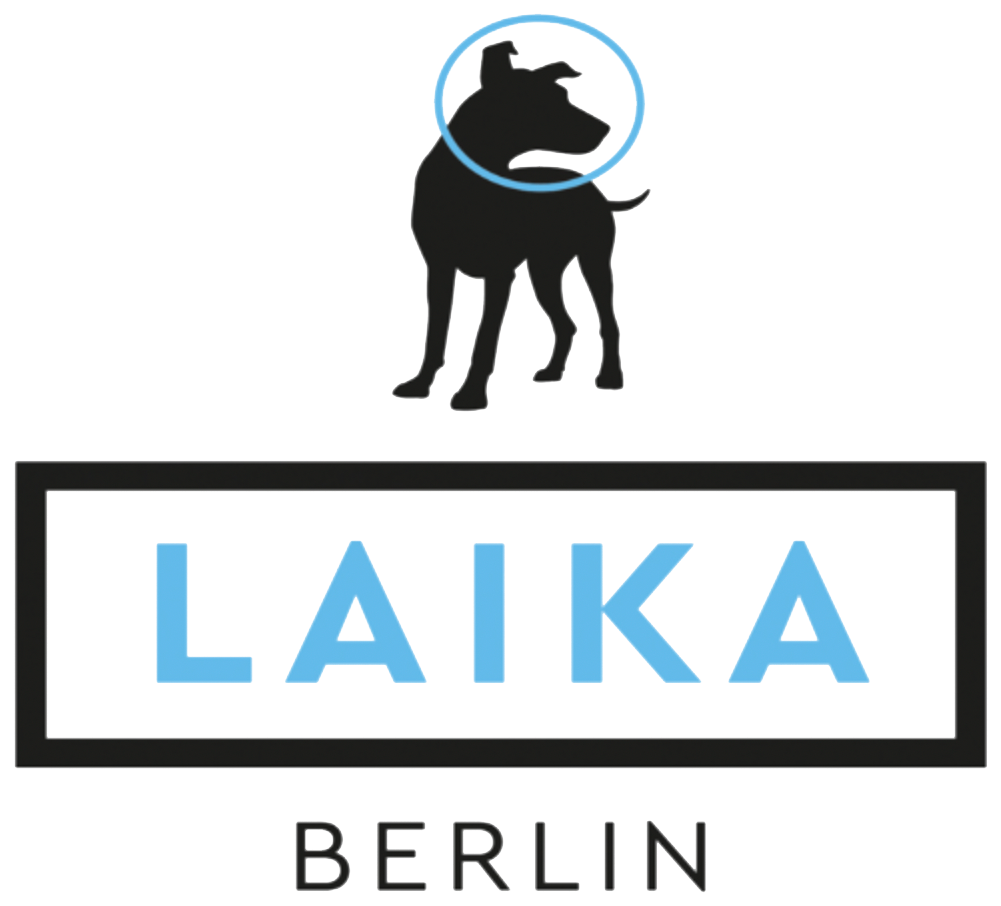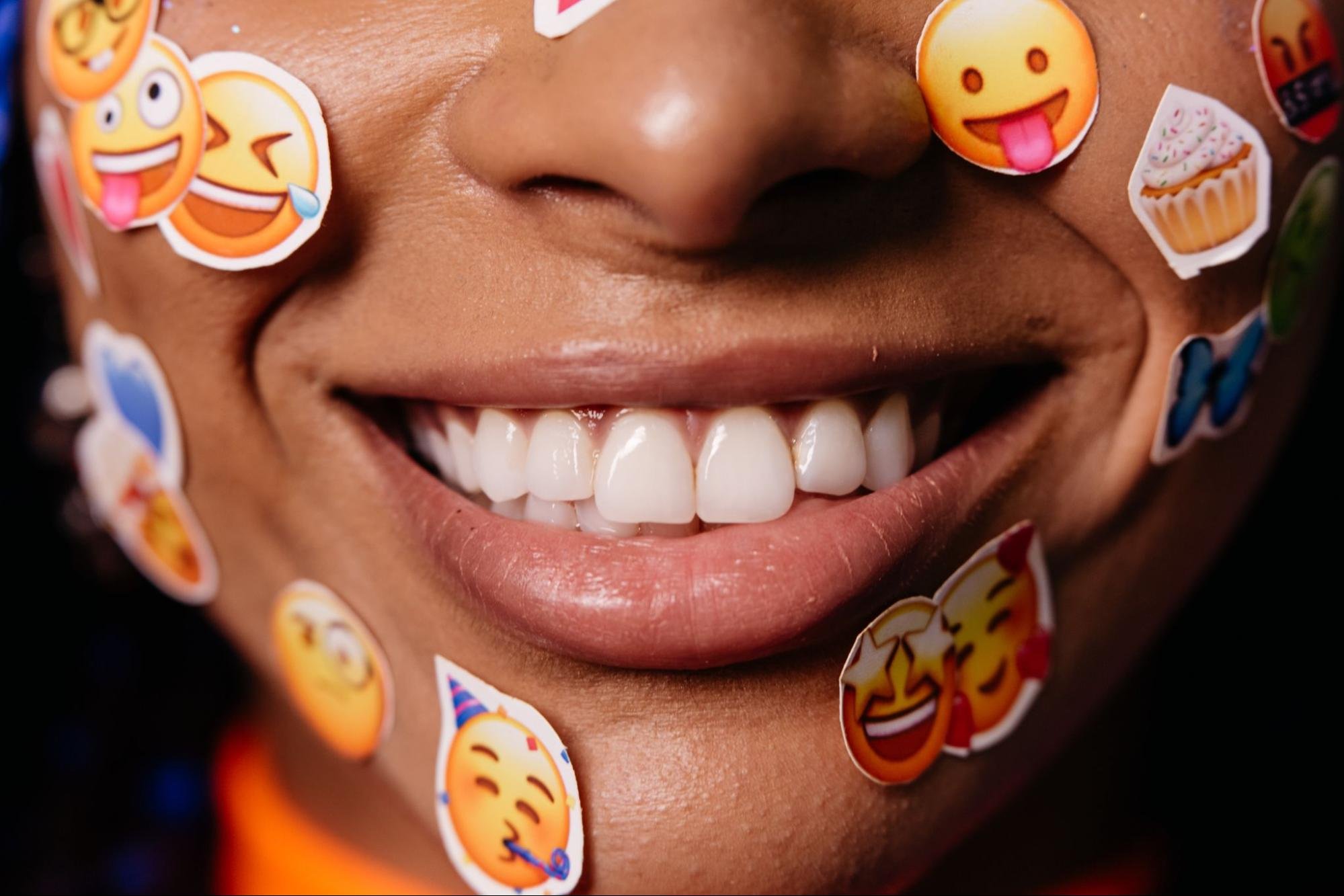Emojis in your communication? 👍🏼 or 👎?
By Chiara Breedijk
Did you know that 70% of individuals use certain emojis when interacting with their family, friends, and colleagues? We use them (most likely) every day, a 👍🏿 to indicate agreement, or if we want to make the undertone of the message a bit funnier, we use a smiley sticking out its tongue 😋. It's nice to clarify your emotion in a message or set the mood to make sure it comes across the way you intended. In daily life, these icons are often used, but what about in business? Is it actually even appropriate or convenient to do the same in your work environment? 👍🏻 or 👎🏽? This one’s definitely a thumb’s up! 👍
Unlocking more engagement with emojis
Emojis possess an informal yet personable nature, often utilized to inject levity into online conversations. Their primary purpose is to provide a mode of reaction in email, text, or messaging exchanges where physical cues are absent. Within the realm of business communication, emojis play a pivotal role in breaking down formal barriers, facilitating a more personalized and engaging level of interaction. As we know, what may otherwise be perceived as stuffy information, gets a different vibe with a fun emoji. 🥳 Right?
Emojis have demonstrated a substantial ability to enhance engagement within the realm of digital communication, particularly on social media platforms. According to Quintly, use of emojis increases engagement by a whopping 48% on Instagram 🤯. Does that mean we need to start using emojis from now on for every single interaction and comment? 😱
The power of emojis, boosting communication impact and consumer engagement
Originally developed by Shigetaka Kurita in 1999 for mobile phone communication, emoticons, commonly known as emojis, have now proliferated across various social media and messaging platforms. As you can see in the image below, the original emoticons were serving as a visual code that transcends linguistic barriers, emojis facilitate accessible and relatable communication. Nonetheless, it’s imperative to consider cultural disparities, as interpretations of emojis can differ among cultures.
Brands that skillfully integrate emojis into their communication are often perceived favorably by consumers, leading to heightened engagement in the form of reactions, comments, and shares, particularly on platforms like Facebook.
Take Domino's, for instance. The company amplified the allure of their delectable slices by allowing customers to simply tweet a 🍕 emoji to order pizza. This trend swiftly caught on. In a matter of days after the campaign launch, Domino's witnessed a remarkable 50% surge in online sales.
Furthermore, emojis present valuable opportunities for sentiment analysis. By carefully monitoring their usage and analyzing the associated sentiments, organizations can gain valuable insights into consumer attitudes, enabling them to track trends related to specific brands or industries. Employing emojis in this manner can prove to be highly effective in precisely targeting audiences and customers, while also enhancing the clarity of communication. A prime illustration of this is on LinkedIn, where you can choose from a wide range of emoticons, each conveying a distinct meaning that instantly reveals the sentiment a particular person is expressing.
Time to shine 🌟 with your campaign success
A study conducted by Twitter's marketing department has revealed that incorporating emojis into expressions can have a profound impact on the target audience. The study uncovers several key insights:
1️⃣ Branded emojis have the power to significantly amplify video ads and generate earned media for campaigns.
2️⃣ Research indicates that branded emojis not only capture attention but also boost the attention received by ads by nearly 10%.
3️⃣ When combined with promoted videos, brand emojis establish a stronger emotional connection and generate six times more interest for advertisements.
4️⃣ Campaigns featuring branded emojis generate a median amount of 5.3 million tweet impressions, representing an impressive 420% increase over the baseline for earned media.
5️⃣ Major brands such as Samsung and Spotify have achieved remarkable success by utilizing branded emojis in their campaigns, resulting in significant increases in conversations and brand mentions.
6️⃣ Best practices for utilizing branded emojis include centering the tweet around the emoji and hashtag, inspiring users to actively engage with the hashtag, providing instructions to the audience on proper emoji usage, and combining the emoji with captivating and shareable videos.
7️⃣ EyeSee Research, a market research company, indicates that the level of attention ads receive is determined by browsing time, and internal data from Twitter establishes a baseline for the average earned media across all promoted tweets.
Like Gene said, in the 2017 emoji film, “I’m an emoji, I’ve got to have some sort of purpose here.” Emojis provide a powerful method of connecting with audiences that goes beyond cultural and language barriers, unlocking new opportunities for engagement. Brands that effectively employ emojis are viewed positively by consumers—resulting in increased reactions, comments, and shares on social media. So feel free to embrace emojis wholeheartedly 🙂😋👍🔥💛!




